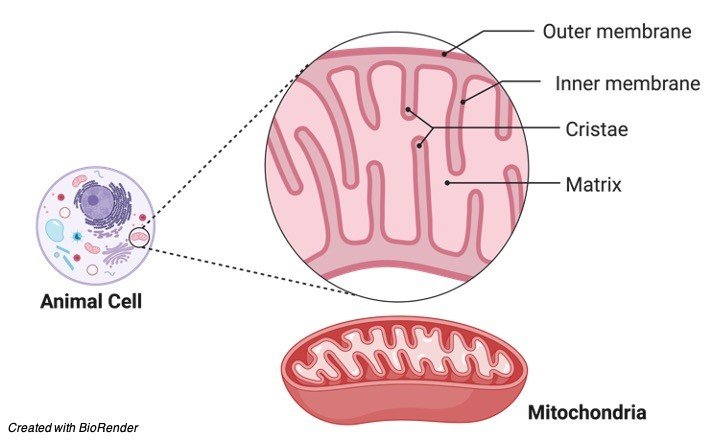Mitochondria
o Mitochondria are the powerhouses of the eukaryotic cell. According to the endosymbiont theory, mitochondria may have evolved from a symbiotic relationship between ancient prokaryotes and eukaryotes.
o Like prokaryotes, mitochondria have their own circular DNA that replicates independently from the eukaryotic cell.
o This DNA contains no histones or nucleosomes.
o Sections of DNA that aren’t in use are wrapped tightly around globular proteins called histones.
o Eight histones wrapped in DNA form a nucleosome.
o Nucleosomes, in turn, wrap into coils called solenoids, which wrap into supercoils.
o Mitochondrial DNA is passed maternally (from the mother) even in organisms whose male gamete contributes to the cytoplasm.
o The genes in the mitochondrial DNA code for mitochondrial RNA that is distinct from the RNA in the rest of the cell.
o Thus mitochondria have their own ribosomes with a sedimentation factor of 55-60 S.
o Antibiotics that block translation in prokaryotes also seem to work in the mitochondria.
o Mitochondria also have some different codons (presenting an exception to the universal genetic code).
o However, most proteins used by mitochondria are coded for by nuclear DNA, not mitochondrial DNA.
Mitochondria Structure

o Mitochondria are surrounded by two phospholipid bilayers.
o The inner membrane invaginates to from the cristae.
o It is the inner membrane that holds the electron transport chain.
o Between the inner and outer membrane is the intermembrane space (lower pH and higher [H+] than the matrix).
o Organelles with two membranes: nucleus, mitochondria, and chloroplast.
Mitochondria Function
o TCA / Krebs Cycle: (aerobic, occurs in the cytoplasm for prokaryotes, mitochondrial matrix for eukaryotes).
Citations
Share












